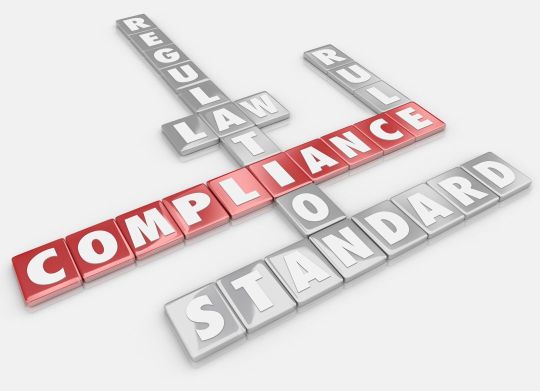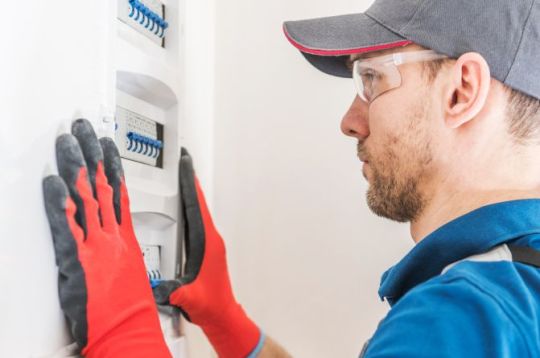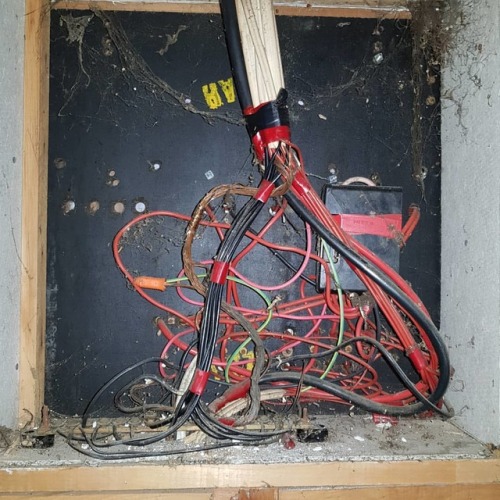
If you are the manager or owner of a New Zealand building, then you
are legally obligated to provide evidence that the building meets the
health and safety requirements set out in The Building Act 2004 and the
associated regulations of that Act.
Part of the process is that
building owners have to hold a current Building Warrant of Fitness
(BWoF) if there are any safety systems installed in the building.
These
systems, also called “Specified Systems” are the parts of the building
infrastructure that, should they fail to fulfil their purpose, would
potentially endanger the health, safety, and lives of occupants within
the building. Prime examples of these specified systems are sprinkler
systems, lifts and escalators, and smoke alarms. The Ministry of
Business, Innovation, and Employment maintains a full list of Specified
Systems as defined by the Building Warrant of Fitness on their website.
These
specified systems will, of course, require regular maintenance,
inspections, and testing to ensure that they are working at the optimum
level. That is the purpose of the BWoF; to ensure that these systems are
adequately looked after, repaired, and – if necessary – replaced across
the lifespan of a building.
The Building Act 2004
Every
bit of building work across New Zealand, from construction and
demolition to renovation, is covered by the Building Act and the
regulations of the Act. This includes the New Zealand Building Code. A
local council will administer the requirements of the Act on behalf of
the Ministry of Business, Innovation and Employment.
The New
Zealand Building Act ensures that buildings are kept to a nationwide
standard in order to meet the health and safety requirements of the
future occupants of the building. The Building Code offers regulations
that focus on building durability, sanitation services and facilities,
fire safety, energy efficiency, moisture control, and building
accessibility.
Building WoF Owner Obligations
The Building
Act 2004 lays out the rules and regulations for buildings with
Specified Systems. This includes information about the Building Warrant
of Fitness, which calls on building owners to;
- Hold a current copy of their Compliance Schedule somewhere in the building
- Prepare BWoF documents every 12 months for renewal
- Ensure
that the inspection, maintenance, and reporting schedule of the
Specified Systems as set out in the Compliance Schedule is adhered to - Engage
the appropriate Independent Qualified Persons for the inspections,
maintenance, repairs, and reporting procedures as laid out in the
Compliance Schedule. - Ensure that these Independent Qualified
Persons prepare and provide a Form 12A certificate as proof that the
inspection, maintenance, and reporting procedures have been
appropriately followed. - Keep records of building inspections, maintenance, and repairs from the past 24 months.
- Display the Building Warrant of Fitness in a public part of the building
- Ensure that the Compliance Schedule and any related documents are available for an authorized person to inspect as needed
- Obtain
professional engineering advice and then act upon that advice in the
event of an earthquake if there are concerns over the building safety - Provide
a copy of the renewed Building Warrant of Fitness to the local council
every 12 months, along with any supporting documentation
The
local council regularly review Compliance Schedules, Building Warrant
of Fitness certificates, and Form 12As in order to ensure that the
building is in line with the regulations of the Building Act. Copies of
these documents and their related paperwork are held by the council for
the lifespan of the building.
If you need any help with Building Compliance or with a Building Warrant of Fitness then get in touch with our experts and specialists at BCI NZ.
Article From
https://buildingcompliance.wordpress.com/2019/12/31/building-compliance-obligations-in-new-zealand/
New Zealand Building Compliance Obligations syndicated from https://rotoruaelectrical.tumblr.com


